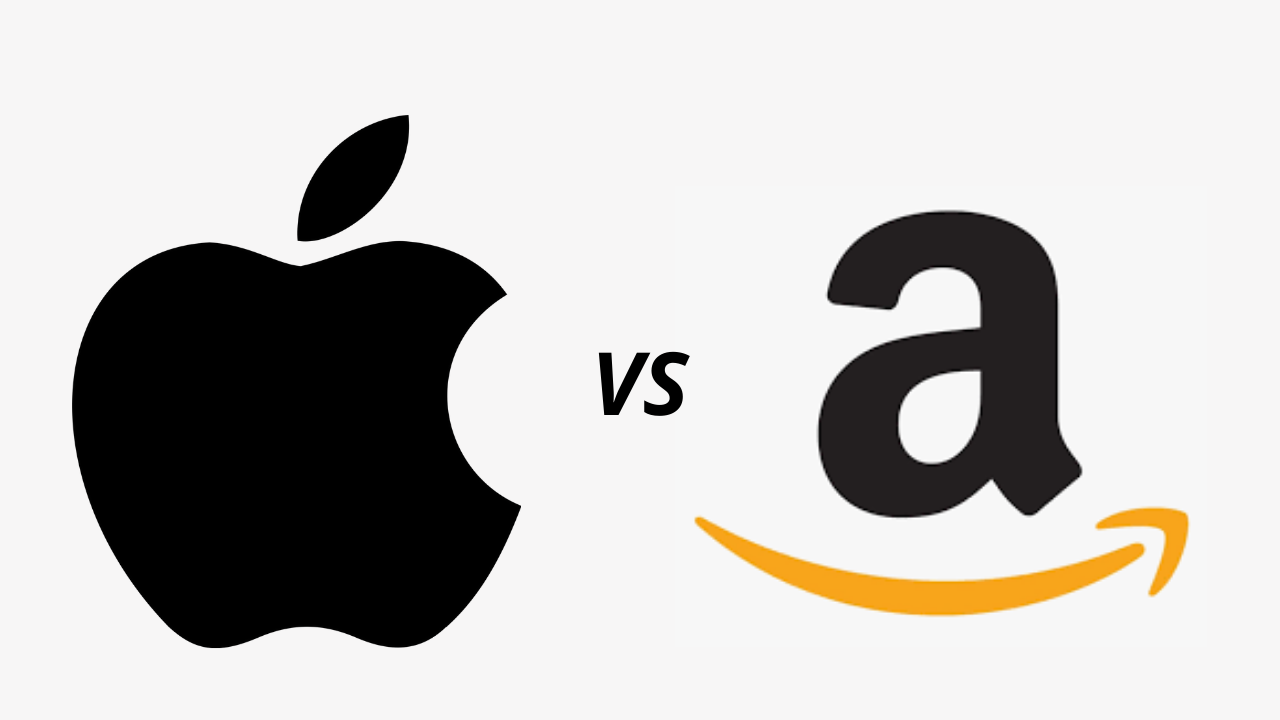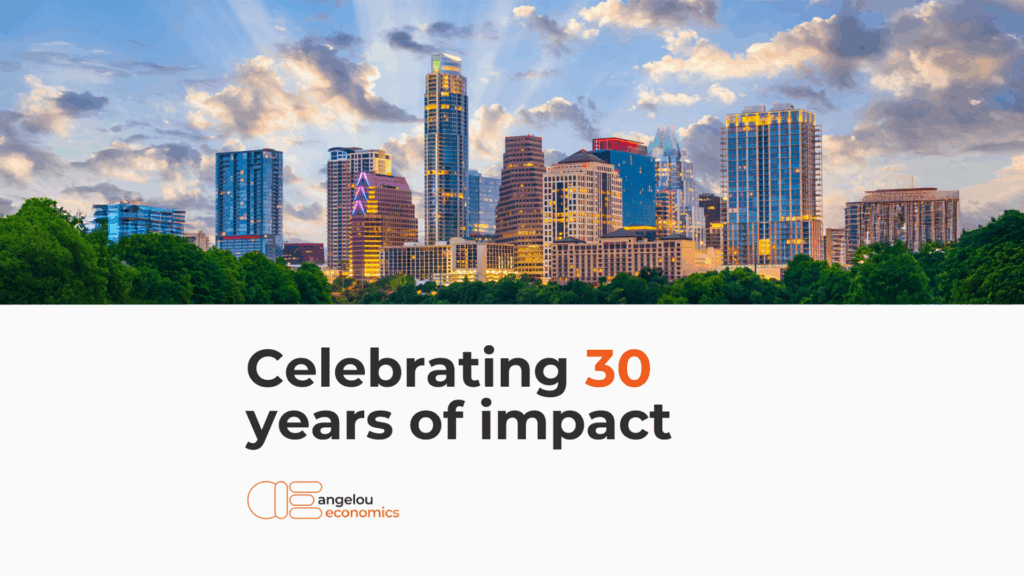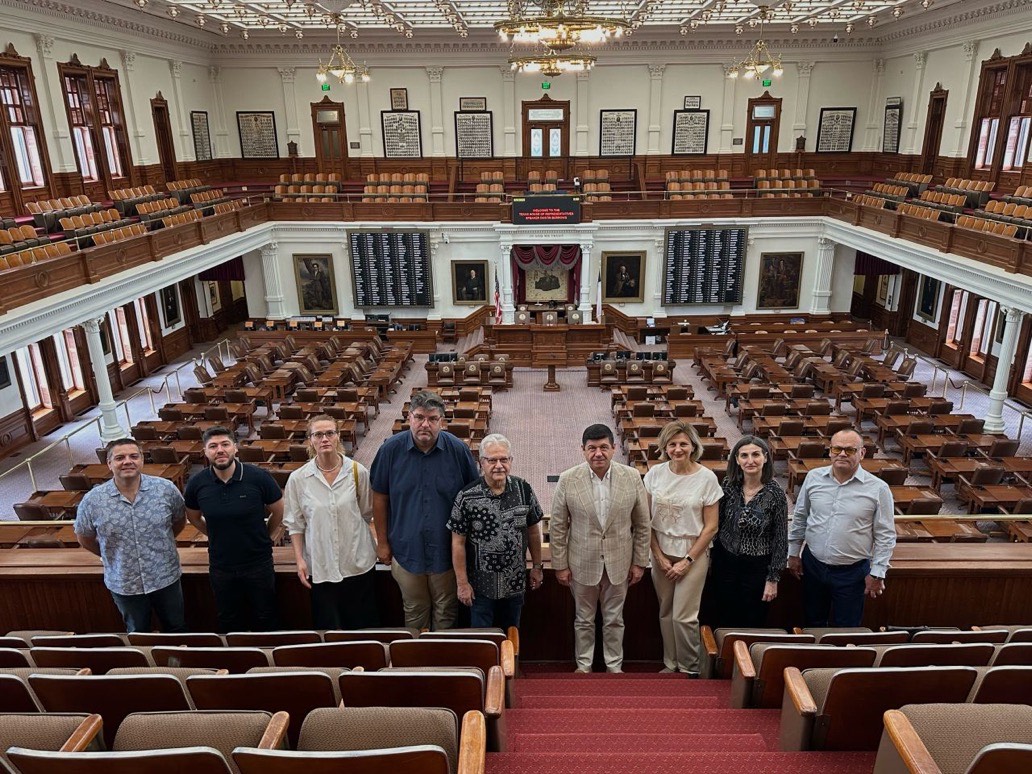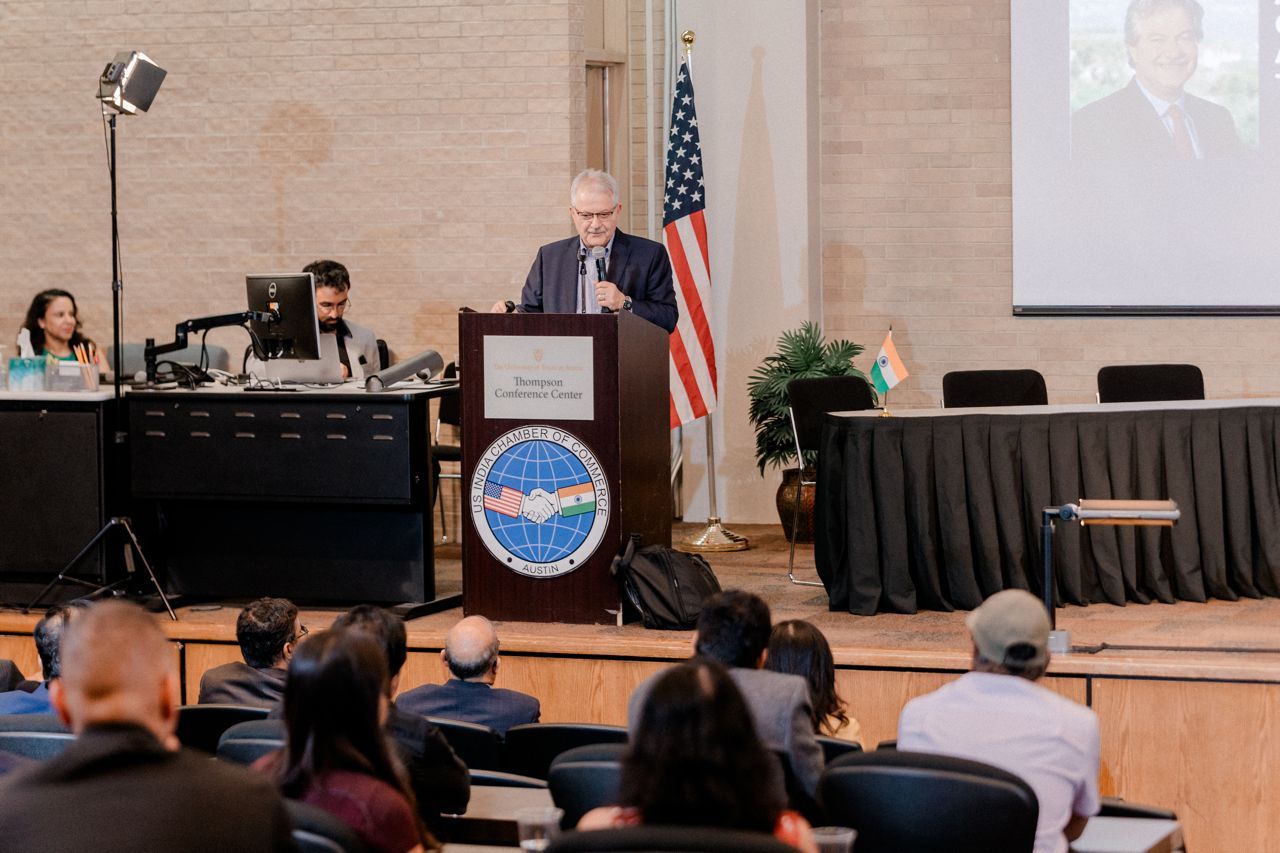William Mellor
Vice President
Just as everyone was talking about Amazon’s not-so-short shortlist, Apple entered the conversation and announced 20,000 jobs and $350 billion in contributions to the American economy over the next five years.
Pretty impressive, but what do we know about Apple’s “contribution” of $350 billion? The answer is, disappointingly, not much. Let’s unpack what we do know.
If you compare Apple’s announcement to Amazon’s, it appears grossly lopsided. Amazon promised 50,000 jobs and $5 billion over 5 years. Apple is promising 20,000 jobs but $350 billion. How can this be? Well, Apple is including much more than just capital investment in their $350 billion figure. In other words, Apple’s investment is not tied directly to jobs created, whereas Amazon’s $5 billion figure is tied directly to jobs created.
The next logical question is – Okay, so what is included? Here’s a look:
1. $275 billion for domestic suppliers and manufacturers
In 2018, Apple will spend approximately $55 billion to sustain current levels of operations. The assumption is that this level of spending will carry forward for the next five years. In total, Apple will spend $275 billion to support on-going operations.
2. A $38 billion tax bill generated from $252 billion in repatriated earnings
Apple is taking advantage of a provision under the new tax law that will provide a one-time tax break for cash held overseas. This repatriation tax holiday is good for 2018 only and allows corporations to move money back to the U.S. at the rate of 15.5%, rather than the 21% rate established with the new law.
In the original statement, Apple estimated the total tax bill from the repatriation will be $38 billion. This implies that Apple will be moving approximately $252 billion back from oversea accounts. By participating in the repatriation tax holiday, Apple will save nearly $14 billion since they will be taxed at a rate of 15.5% instead of 21%.
3. $30 billion in capital investment, with $10 billion earmarked for data centers
This is the portion of investment that is tied directly to the creation of 20,000 jobs. The statement mentioned a new campus that will be focused on “technical support for customers” and the location of that campus will be announced later this year.
We also know that Apple plans to expand existing facilities through job creation. However, we don’t know the breakdown of investment/job creation between the new campus vs. existing campuses.
We also know that $10 billion of this investment is earmarked for data centers, but it is unclear if this will be in new data center locations or to expand existing locations. Apple currently has data center locations in Arizona, Iowa, Nevada, North Carolina, and Oregon.
4. $5 billion for Advanced Manufacturing Fund to support American innovation
This fund already exists, but has been successful enough that Apple wants to increase the fund from $1 billion to $5 billion. Apple contracts with more than 9,000 suppliers in the U.S., representing companies, both large and small, in all 50 states. Effectively, Apple is using the fund as another means of supply chain management.
You might notice, that this only adds up to $348 billion. Well, this is Apple we’re talking about, so why not round up to a cool $350 billion?
Now that we understand the nature of Apple’s capital investment, let’s compare to Amazon. Amazon’s $5 billion investment for 50,000 jobs is a value of $100,000 per job. Pretty good! For Apple, since $10 billion is specified for data centers, which are not human capital intensive, we’ll only consider $20 billion of investment. Well, Apple’s $20 billion of investment for 20,000 jobs is a value of $1,000,000 per job! Simply astronomical.
To some degree, this difference is expected. Amazon doesn’t actually make anything, it is a platform to bring buyers and sellers together. In contrast, Apple is producing some of the world’s most valuable technology. Even so, how can this be sustainable?
Pretty easily, it turns out. Visual Capitalist put out a really great graphic of revenue per employee for some of the world’s largest companies. Apple generates $1.9 million in revenues per employee and Amazon generates $400,000 per employee.
With this new perspective, the investment and job creation outlays for both Apple and Amazon make perfect sense. Well, perfect sense in the world of multi-billion dollar companies…














